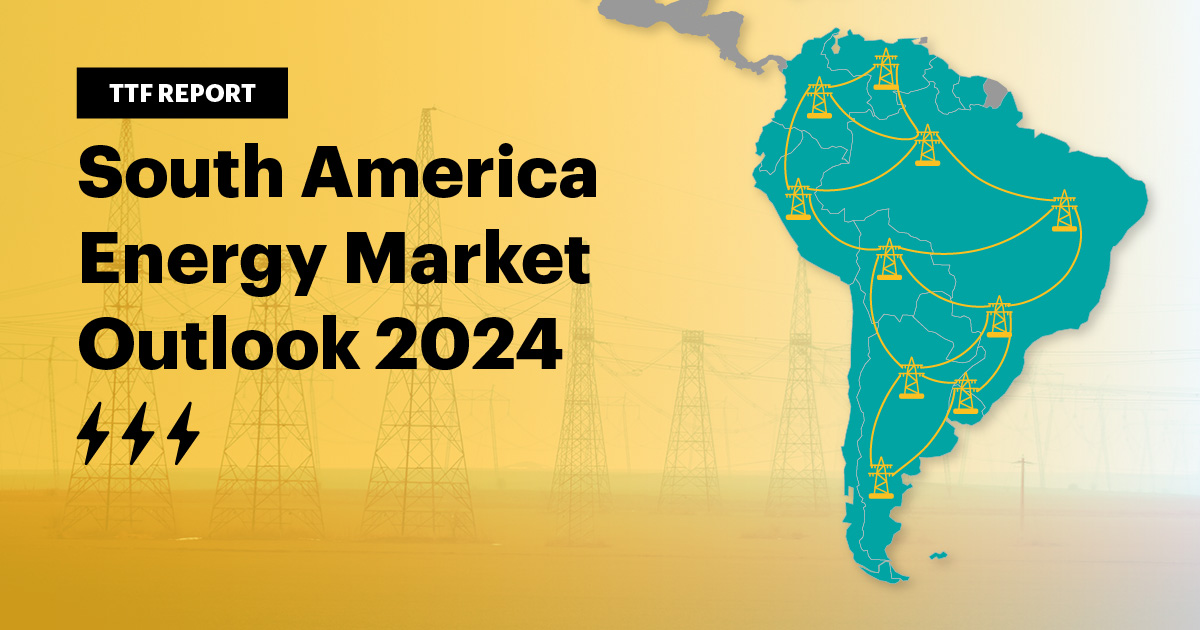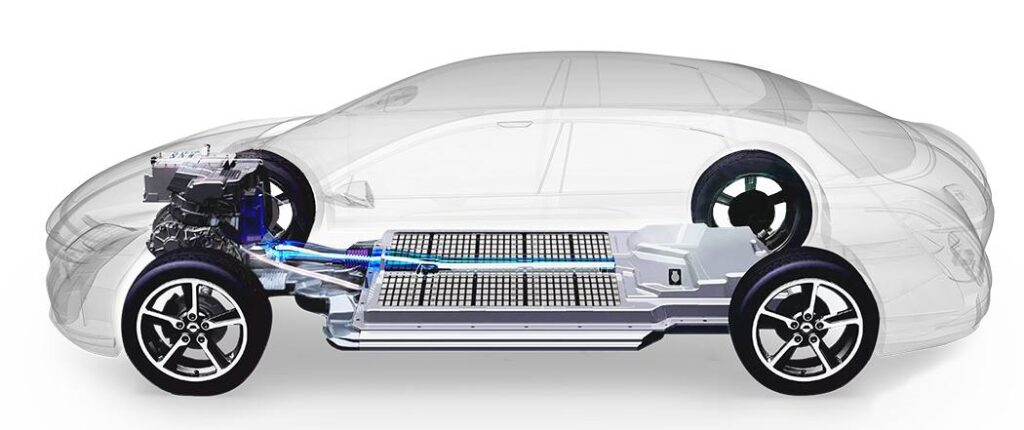
Electric vehicle (EV) adoption is on the rise in South America driven by several factors in the region. As a trend, it will impact the automotive industry, energy infrastructure and environmental sustainability. Technological advancements like battery technology, vehicle models and connectivity and autonomy promote electric vehicles industry. Electric vehicles produce zero tailpipe emissions. This provides a solution to combat environmental concerns. Countries like Brazil, Colombia, Chile and Argentina are showing interest in electric vehicles. Some of the countries are leading in renewable energy adoption with potential for strong EV growth.
A slack span dead end is a specific type of span configuration used to manage the tension and alignment of conductors. A slack span dead end is a section of the transmission line where the conductor is loose or slack. It helps to absorb mechanical stresses, accommodate expansion and contraction and manage conductor sag. They serve in tension management and network flexibility in overhead transmission lines.
An electric vehicle is a type of vehicle powered by one or more electric motors using electrical energy stored in batteries. They rely on electricity as their primary source of power unlike duel or gasoline. Common types of electric vehicles include battery electric vehicles, plug-in hybrid electric vehicles, hybrid electric vehicles and fuel cell electric vehicles. They are more efficient than internal combustion engines. They convert a higher percentage of energy from battery to movement.
Technologies promoting electric vehicle adoption in South America
Availability of different technologies contribute to the adoption of EVs in the region. These technologies address key challenges and enhance the appeal and functionality of EVs. The technologies also help to overcome the barriers and realize the potential of electric mobility. Government support through policies, incentives and subsidies may also speed up the adoption process. A slack span dead end is from materials that are able to withstand the South American environmental conditions. The following are the technologies contributing to electric vehicle adoption South America.

- Battery technology – the development of lithium-ion batteries offers higher energy density, longer range and shorter charging times. Solid state batteries provide greater energy density, safety and longevity. Technologies for recycling EV batteries and repurposing them for second applications could reduce environmental impact.
- Charging infrastructure – the deployment of fast-charging stations across urban areas and along major highways helps reduce charging times. Wireless charging technology allows the EVs to charge without physical connectors. This enhances user convenience and enables dynamic charging.
- Smart grid and energy management – integrating EVs into the smart grid allows for better demand response management. Vehicle-to-grid technology enables EVs to feed energy back into the grid. This helps to provide a decentralized energy storage solution. There are technologies that integrate EV charging with renewable energy sources.
- Advanced power electronics – advanced inverters and converters convert electricity between AC and DC. Bidirectional chargers support both charging the vehicle and discharging energy back to the grid.
- Autonomous and assisted driving – technologies such as adaptive cruise control, lane keeping assist and automated parking make EVs safer. This could revolutionize transportation by improving safety, efficiency and accessibility.
Opportunities for EVs in South America
Electric vehicles present various opportunities for South American energy infrastructure. The region has unique economic, environmental and infrastructural landscape. Such factors also promote electric vehicle adoption. Leveraging these opportunities can speed up the transition to a cleaner, more efficient and sustainable transportation system. Slack span dead ends ensure proper spacing and alignment of conductors to maintain safe clearance. The following are the opportunities for EVs in South America.

- Government support and policy incentives – many South American countries have policies that encourage EV adoption. These include tax breaks, subsidies and reduced import duties. There are policies that promote the integration of EVs with renewable energy sources.
- Growing environmental awareness – increasing awareness of air pollution and its health impacts drives the demand for cleaner transportation. Cities like Sao Paulo, Santiago and Buenos Aires have high pollution levels and should aim to reduce emissions.
- Economic and industrial opportunities – local manufacturing of EVs boosts the automotive industry and create job opportunities. The development of battery manufacturing facilities and research provides opportunities for economic growth.
- Urban mobility solutions – some countries are exploring the electrification of public transportation fleets. Adoption of electric bikes, scooters and other micro-mobility solutions offer convenient transportation options.
